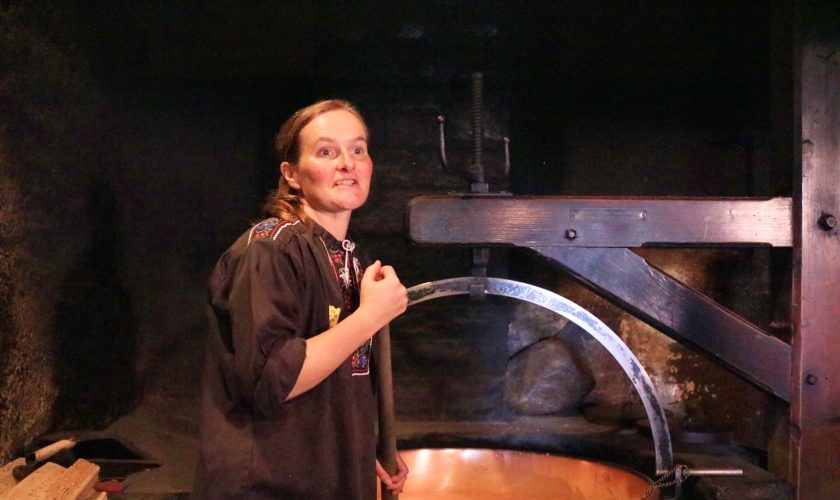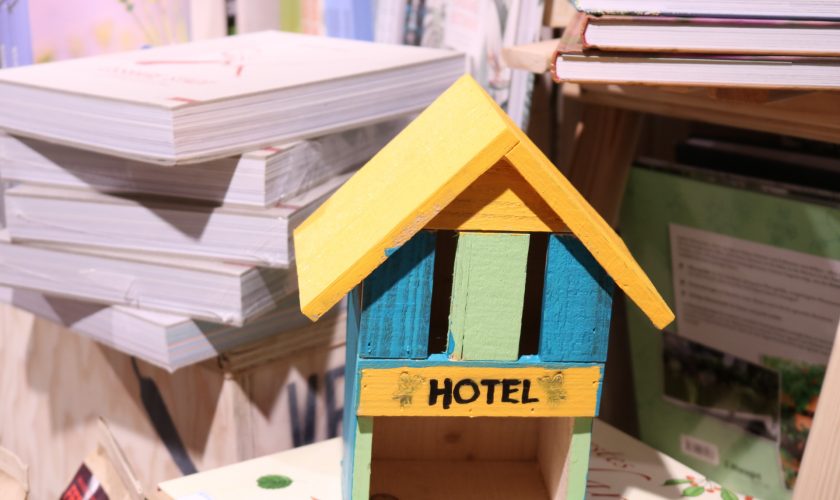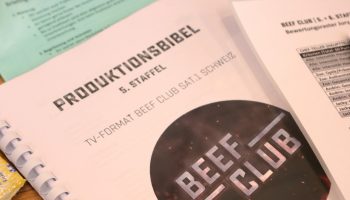My personal highlight: Making my own cheese up in the Bernese Emmental – Feeling the origins of this Original Swiss Cheese directly under my fingers
The whole world knows it, one of Switzerland’s heritages is the Cheese. I love to share with you the story of the Swiss Original Emmental Cheese. Let’s get into the history of this delicacy with the famous holes.
The name of the cheese comes from the valley of the Emme located in the canton of Berne. Hundreds of years ago the farmers stayed at the alp from summer to winter. To survive during their stays they needed food! Soon they found out, that with the remaining milk of the healthy cows cheese can be created to still the hunger.
What makes the Emmental region unique
The region of Emmental is famous for its wide green juicy fields and happy cows. They graze peacefully, following their instinct to eat so much that their udders explode. Around 120 farmers belong to a corporation that delivers fresh high quality milk to produce the Original Emmental Cheese. The farmers feed the animals with healthy power food as soy or barley for example but also grass and hay (not silage). The cows live in a healthy and clean surrounding. These farmers know, that the care for their animals is essential to get quality milk for the Emmental Cheese.
How to recognize the one and only original Emmentaler Cheese AOP
It comes with a diameter of 80 to 100 cm, weighs 75 to 120 KG and follows a maturation of at least 4 month in a selected cheese cellar. He contains little amount of salt and a unique nutty-mild aroma. The holes are probably the most typical feature of the Emmentaler AOP. They are cherry to nut sized and arise during the ripening process. The temperature and the humidity play an important role on the maturation process.
Did you buy a piece of Emmental? Want to know where your Emmentaler AOP was made? It’s easy and unique to track that. On every piece of Emmentaler AOP, you will find a cheese number on the bark, that is the number of the cheese dairy in which your Emmentaler AOP was made. Find out where your Emmentaler AOP comes from. Get more here.
Why does the AOP Emmentaler Cheese have these typical holes?
The bacteria begin to ferment and get trapped in the milk. They give give off carbon dioxide, and the carbon dioxide forms bubbles in the cheese. The Emmentaler AOP exists in various degrees of maturity. There are mild and more aromatic ones. The aromatic “reserve” one is matured for at least 8 months, the extremely aromatic “Höhlengereift” (cave-aged) are matured for at least 12 month.
What means AOP
The Emmental is AOP certified. AOP means: Protected term of origin. This official quality mark is reserved for traditional products with deep-rooted regional origins. Once protected designations have been registered by the Swiss Federal Office of Agriculture, they may only be used for products that meet the specified requirements regarding origin, production and quality. Independent certification centers check that these standards are adhered to. For the AOP cheese the use of any additives is prohibited, as is the use of genetically modified ingredients.
Where to experience best how this Swiss Original Cheese is made from scratch – The Emmentaler Schaukäserei
Find four cheese dairies from different eras at the Emmentaler cheese factory The Küherstock (1741), the Chäshütte (1900), the old village dairy (1954) and the show dairy (1989). We start our tour at the old Küherstock, where Karin introduced us to the authentic way of creating the cheese called Mutschli.
I am fascinated about the ancient huge pot where the milk is fired on the wood and cheese processed to the shape of a round loaf. We have the privilege to help her in the production steps of the cheese making.
It’s a unique sensation to have fresh produced soft cheese under the fingers.
As of 1989 the fabrication takes place in modern production facilities. This is where our tour continues. Here we have the honor to put the original label on a huge original Emmental Loaf. Beside that we learn about the importance of hygiene and security tracking of every single instrument used for the production of the cheese.
Are you planning a trip with friends & family to Emmental?
Absolutely consider to stop at the showdairy from April to October: 09.00 – 18.30 and from November to March: 09.00 – 17.00. Get all of the information here.
On our trip we had the chance to visit one of the 120 farmers that deliver the milk to the cheese factory. It’s the farm of Roland Ryser he manages in third generation with his family. The house is from 1766. A typical construction from the region of Emmental. The garden transmits much care and love in every detail. I can feel why cows here are happy, they get professional care and are fed with high quality food. Brand ambassador and “Schwingerkönig” Matthias Sempach introduced us to the food concept chosen for their animals. I was curious enough to even try one of their feed sort!
In the Emmental the large residential houses with stables attached are traditionally built in wood. The enormous hipped roofs are very typical. They reach down low on both sides of the building.
Where is the Emmental stored until it gets his unique Original taste?
Every Emmentaler AOP loaf ripens naturally for at least 120 days to develop its mildly nutty flavor and the typical holes. This happens first at the cheese dairies and then in a larger cheese cellar such as the one from Gourmino AG we visited. Here the “affinage” takes place.
Affinage: The art of aging your cheese gracefully
You cannot imagine the intensity and variety of odors that come together in such a cellar. Here is where I tasted the first piece of a 3 years old Emmental Cheese ever in my life. An intense aromatic Emmental never tried before. Unique.
The last step on our Blogger Trip was the visit of the an historical mill. Caci’s Mühle is a construction from the year 1969, today renovated to a true pearl for events. The house is managed by a wonderful family that puts plenty of care and creativity you notice at first sight. The house is open to public and can be rented for special events. Here we had the honor to cut the a piece of a aged Emmental Cheese and enjoy a true Emmentaler brunch Caci style!
A special thank you for this unforgettable tour goes to Mimmo Caci. He shared with us all of his knowledge and passion of the Emmentaler Cheese story and Luana Monopoli. And of course to the wonderful staff of Compresso that organized our days to be magic & unique.
In the mood to get inspired by more blog stories & Swiss specialities? Get more here.




































